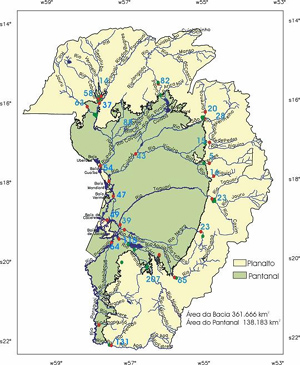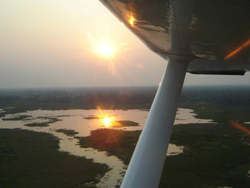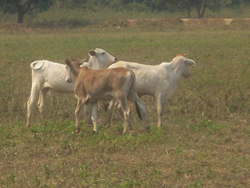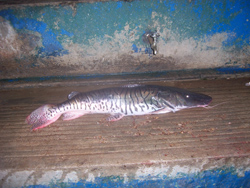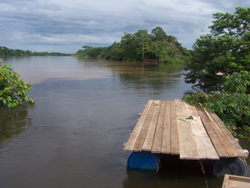Pantanal International Network
The main objective of the Pantanal international network is to enable a group of British, European and Brazilian scientists to explore the potential for modelling, informed data capture and scenario analysis to be used in a participatory way to inform future policy-making in the Pantanal, a highly vulnerable ecosystem of global significance. Project workshops will explore a conceptual model and facilitate the subsequent development of a process model. Funded by the Leverhulme Trust, the network is a partnership between Aberdeen Centre for Environmental Sustainability, Macaulay Land Use Research Institute, Pantanal Research Centre and University of Aberdeen. It is endorsed by the Global Land Project.
The Pantanal is a huge complex of savannah wetlands within a catchment area of 360,000 km2 in the upper reaches of the Paraguay River, in Brazil, Paraguay and Bolivia. It is the third largest Environmental Biosphere Reserve, with 140,000 km2 of floodplain.
The low intensity cattle ranching in the Pantanal is considered to be one of the few examples of sustainable development introduced by Europeans into a tropical environment. However, in the last three decades there have been increased threats to the wetland system due to urban growth and agriculture intensification. Despite limited scientific information, there is strong evidence of degradation of the wetland areas in the catchment of the Taquari River due to sediment inputs and anecdotal evidence of fish decline in fish catch and biodiversity. Less is known about the ecological status of the Cuiabá River, which is another important tributary of the Paraguay River and will be the main focus of this international network.
Click on each image to enlarge
|
Updated: 23 Jan 2024, Content by: AV
|

